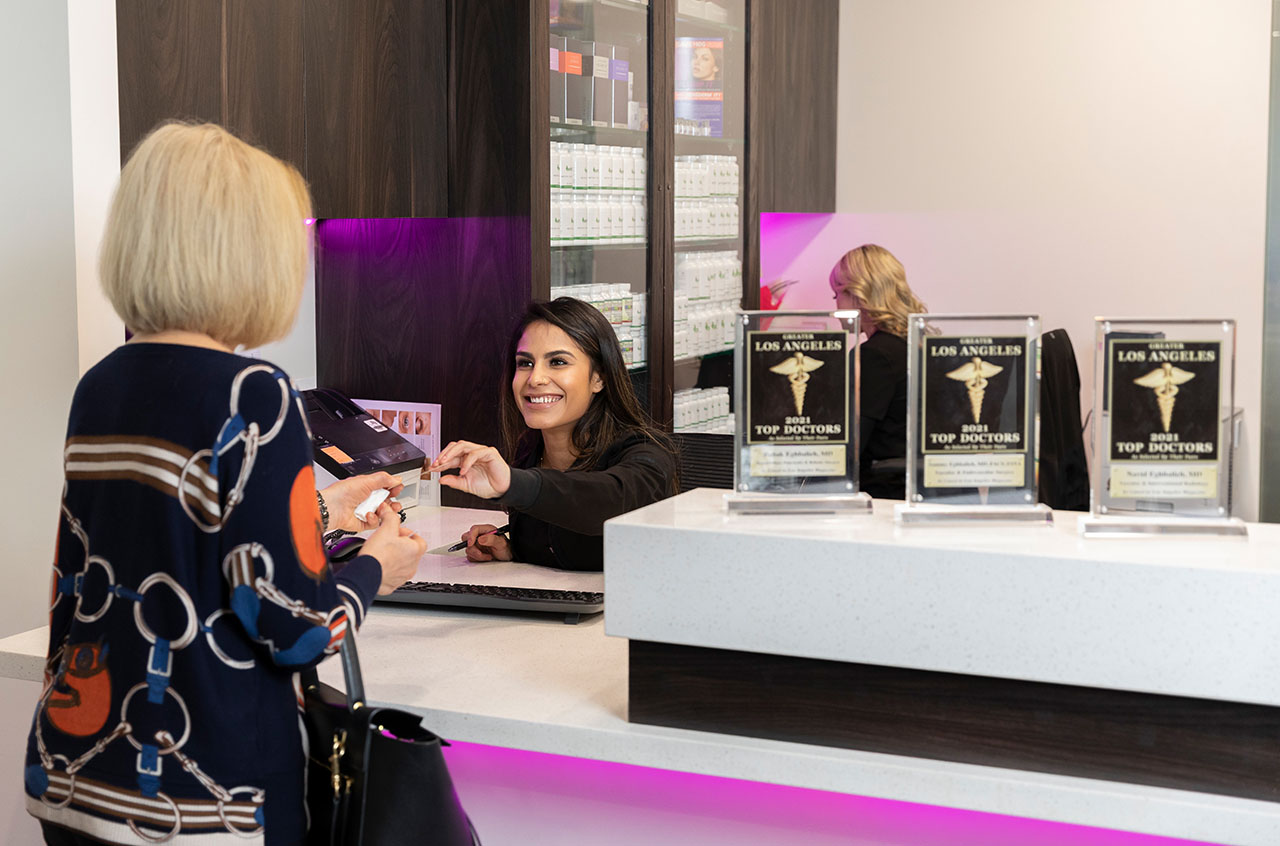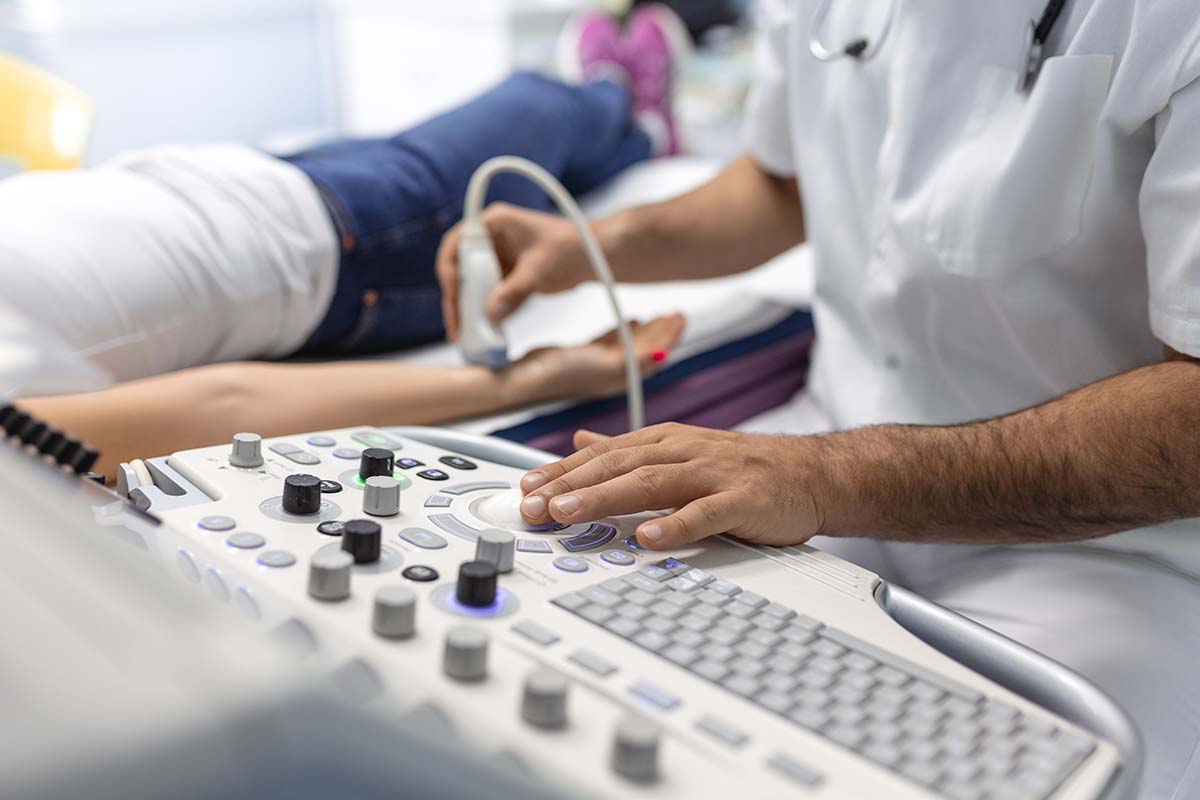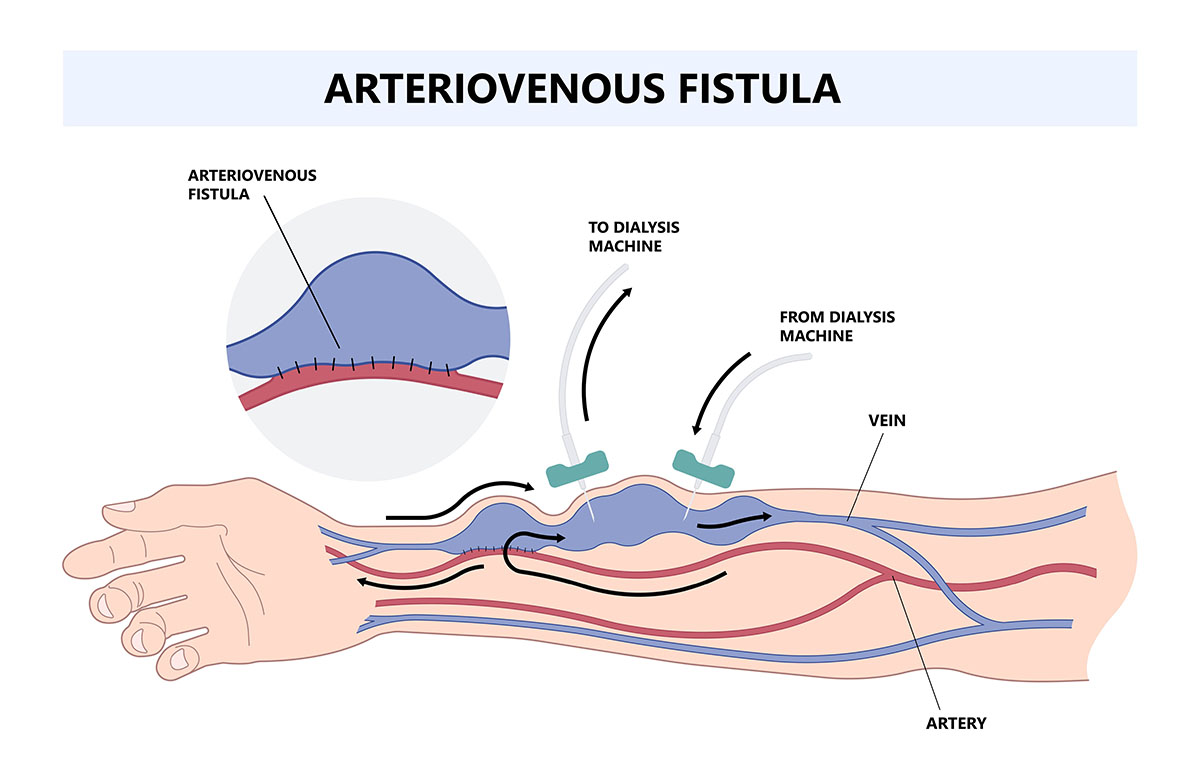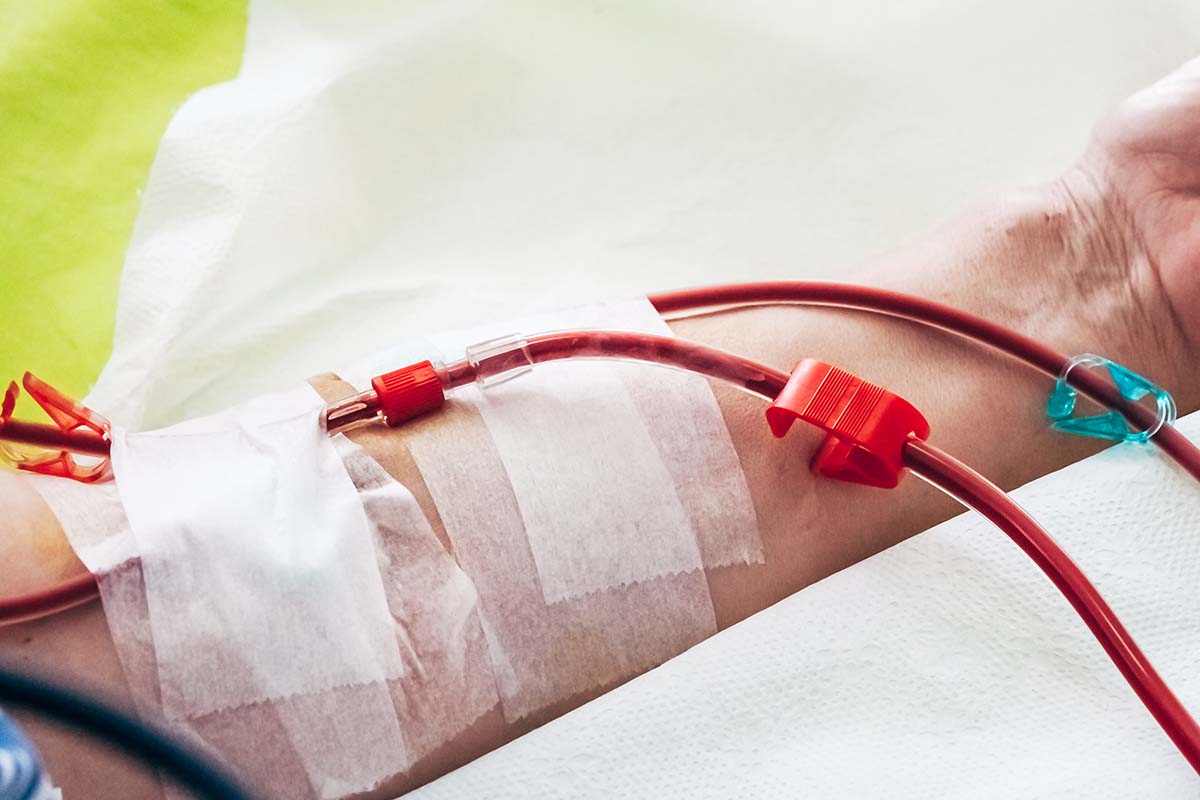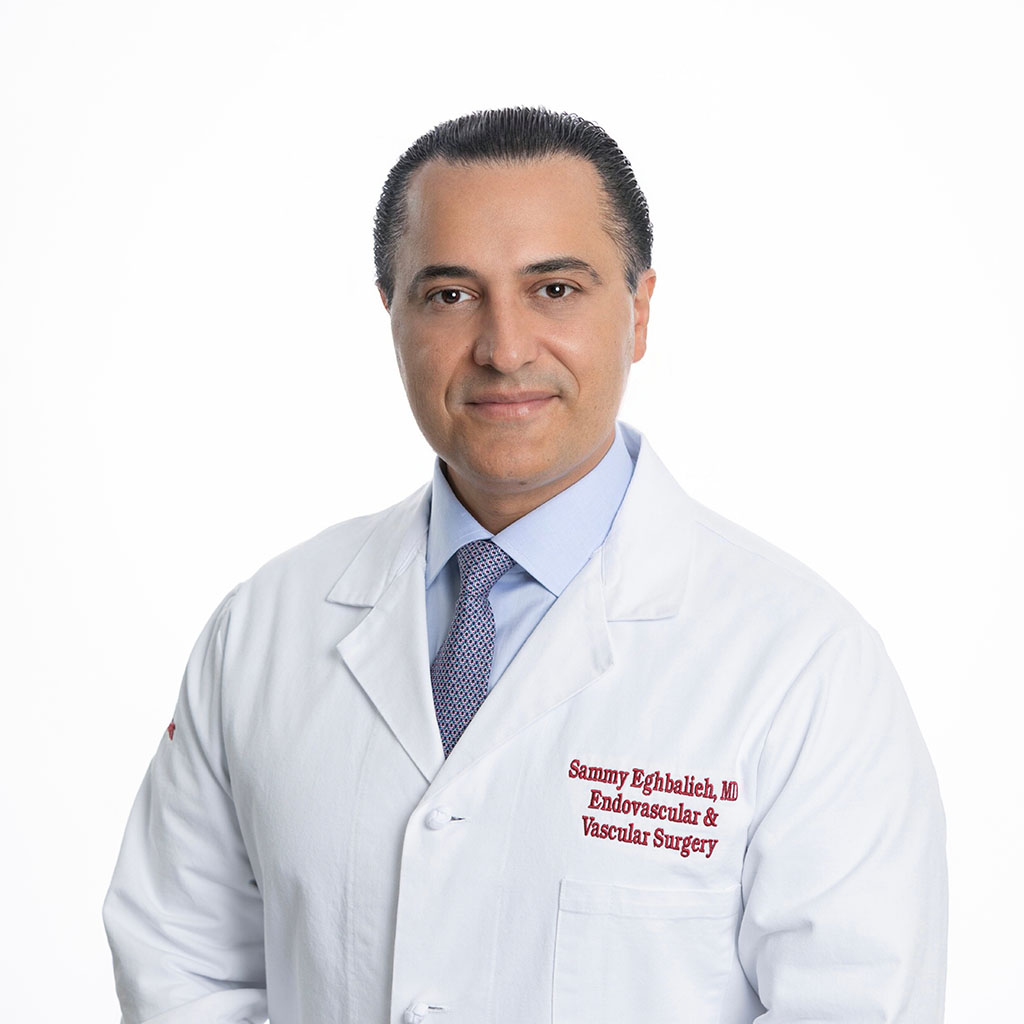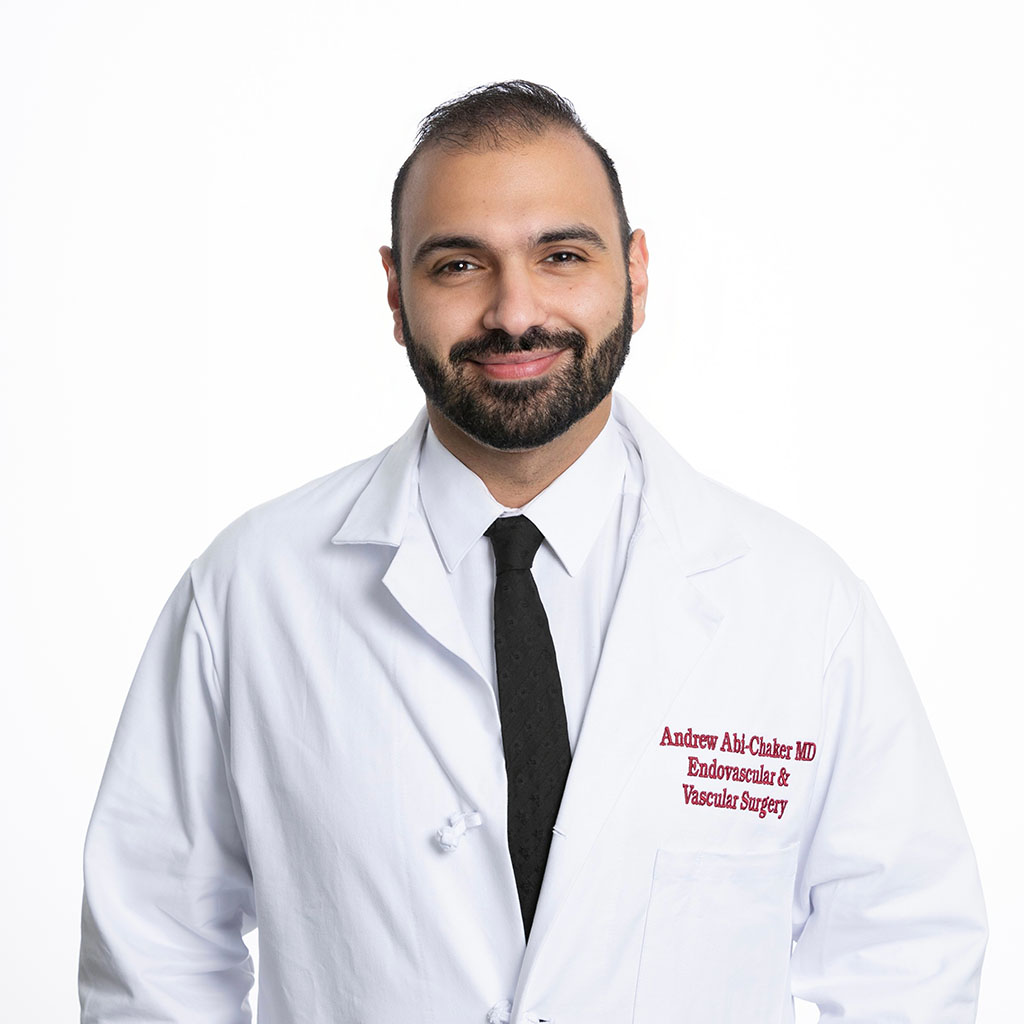Pre-Operative Fistula Creation
Pre-operative fistula creation simplifies dialysis access.
What is Pre-Operative Fistula Creation?
Imaging for Pre-Operative Fistula Creation
Imaging tests give a detailed view of your internal blood vessels, helping doctors plan the best approach to connect an artery and a vein. Here are some common imaging tests you might encounter:
- Ultrasound: This non-invasive test uses high-frequency sound waves to create images of your blood vessels. It helps doctors see the size and structure of veins and arteries, ensuring they choose the best vessels for creating a fistula. Ultrasound is particularly useful because it can be performed quickly and without the need for radiation.
- Fistulogram: This imaging test involves injecting a contrast dye into your blood vessels, followed by taking X-rays. The dye highlights the blood vessels, allowing doctors to map out the veins and arteries accurately. Fistulograms provide detailed images, which are crucial for planning the precise location and method for fistula creation.
- Venography: Similar to a fistulogram, venography also involves the use of contrast dye and X-rays, but it focuses specifically on the veins. This test gives doctors a closer look at the veins, identifying any blockages, narrowing, or other issues that might affect the creation of a fistula. Venography is essential for ensuring that the chosen veins are healthy and capable of supporting the fistula.
The Pre-Operative Fistula Creation Procedure
- The surgeon makes a small incision in your arm.
- They connect the artery and vein using a specialized technique.
- The fistula is created, preparing you for dialysis.
Conditions Treated with Pre-Operative Fistula Creation
Pre-operative fistula creation addresses several conditions, including:
- Arteriovenous (AV) Fistula: This procedure creates a connection between an artery and a vein, crucial for dialysis access. Imaging tests like ultrasounds and fistulograms help identify the best sites for creating these connections, ensuring they are strong and accessible for repeated dialysis sessions.
- Renal Disease: Kidney disease often necessitates dialysis, requiring a fistula for access. Imaging tests help in planning the fistula creation by providing a clear picture of the blood vessels, ensuring the procedure is done in the most suitable location for effective dialysis.
- Peripheral Artery Disease (PAD): This condition affects the arteries and might need treatment before or alongside fistula creation. Imaging tests like venography can help identify any arterial blockages or issues that need to be addressed to ensure a successful fistula creation.
- Deep Vein Thrombosis: This condition impacts the veins and may require treatment before or alongside fistula creation. Venography and fistulograms help map out the veins, ensuring the fistula is created in a healthy part of the vein, avoiding areas affected by thrombosis.
- Chronic Venous Insufficiency: This condition affects the veins and may also need treatment before or alongside fistula creation. Imaging tests provide a detailed view of the veins, helping doctors plan the fistula creation in a way that avoids compromised veins, ensuring a successful and functional fistula.
Understanding the imaging tests and the procedure itself can help you feel more prepared and confident about your treatment. It’s important to consult with a vascular surgeon to determine the best treatment plan for your specific condition.
Our Vascular & Endovascular Surgeons
It's important to remember not all physicians are trained in advanced vascular and endovascular surgery. It’s a good practice to get multiple opinions and do research on the surgery and the physician.
Make an appointment at SCMSC
We look forward to welcoming you
If you or a loved one needs pre-operative fistula creation, don’t hesitate to contact our team of vascular surgeons. We’re here to support you every step of the way!
Schedule an evaluation with Dr. Eghbalieh, Dr. Abi-Chaker or Dr. Shao at Southern California Multi-Specialty Center.
